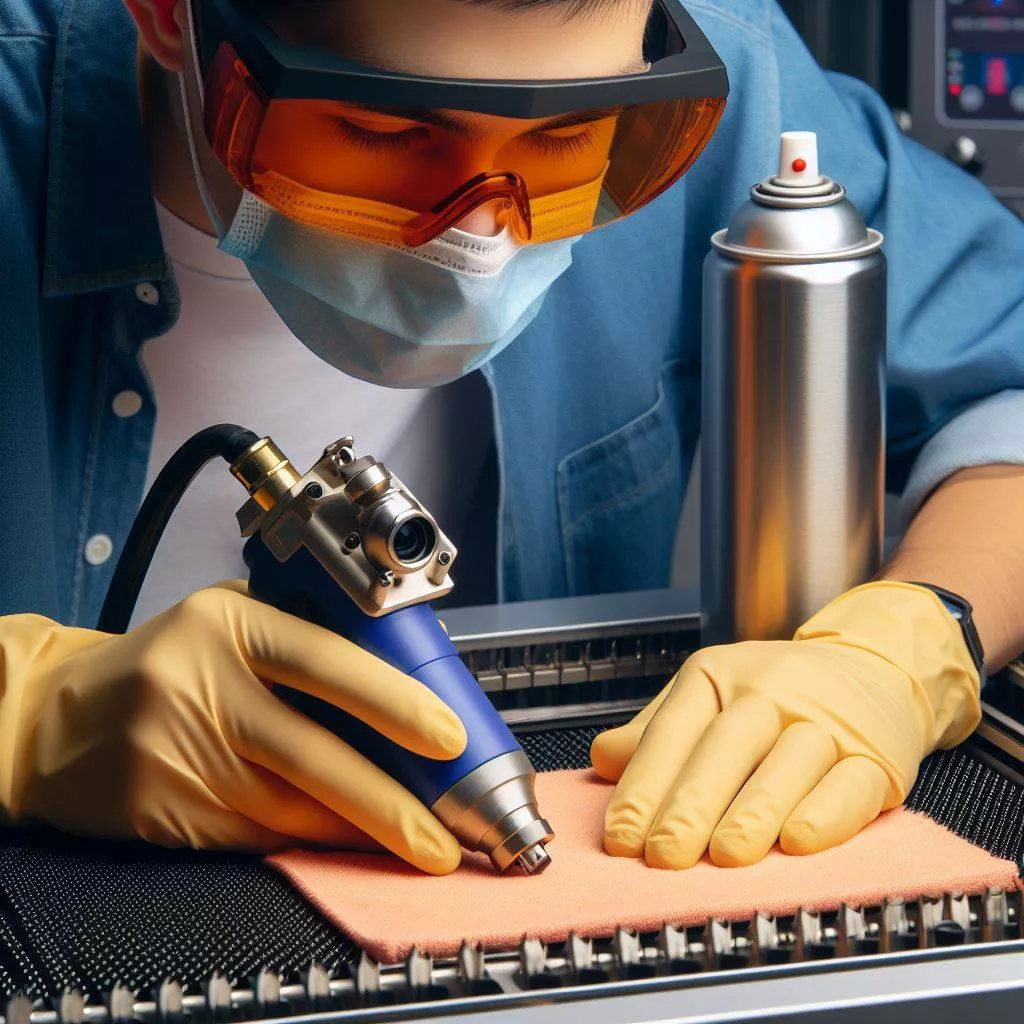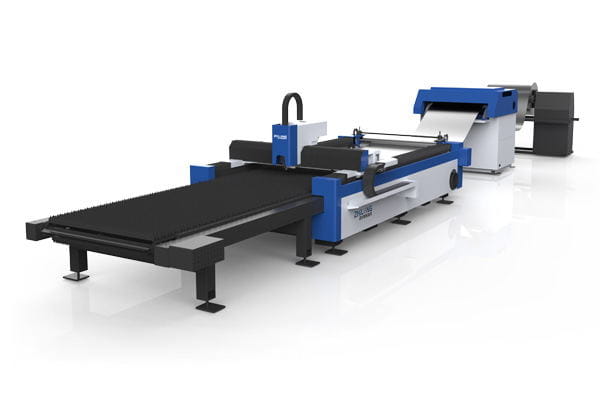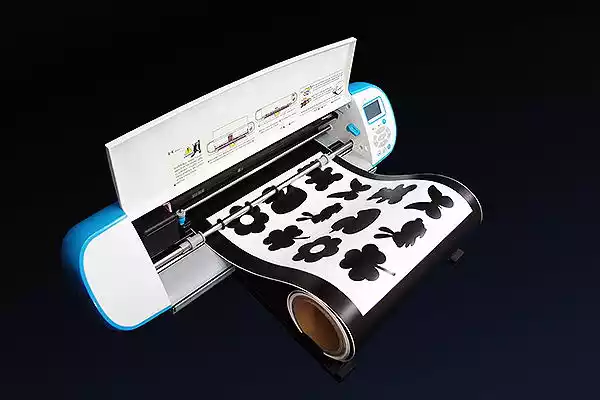The use of laser cutting machines has expanded beyond industrial settings, making its way into the realm of home workshops and DIY enthusiasts. Choosing the right home laser cutting machine can be a daunting task due to the variety of options available in the market. This comprehensive guide aims to provide an in-depth analysis of the factors to consider when selecting a home laser cutting machine, ensuring that users make informed decisions based on their specific needs and preferences.

Understanding Your Cutting Needs
Before diving into the world of home laser cutting machines, it’s crucial to identify your specific cutting needs. Consider the materials you intend to cut, the thickness of those materials, and the complexity of the designs you plan to create. Different laser cutting machines are designed for various purposes, so having a clear understanding of your requirements will guide you towards the most suitable option.
Laser Types and Their Applications
Home laser cutting machines generally fall into three main categories: CO2 lasers, fiber lasers, and diode lasers. Each type has its advantages and is suitable for different applications. CO2 lasers are versatile and work well with non-metallic materials, while fiber lasers excel in cutting metals. Diode lasers are compact and suitable for light-duty applications. Understanding the strengths of each laser type will help you choose the one that aligns with your project requirements.
Cutting Bed Size and Workspace
Consider the size of the cutting bed, as it determines the maximum dimensions of your projects. Assess the available workspace in your home workshop and choose a laser cutting machine that fits comfortably within that space. Keep in mind that a larger cutting bed provides more flexibility for handling diverse projects, but it also requires more room.
Power and Cutting Speed
The power of a laser cutting machine influences its cutting capabilities. Higher power levels are generally suitable for cutting thicker materials and achieving faster cutting speeds. However, higher power machines may also come with increased costs and energy consumption. Balance your power requirements with your budget and intended usage to find the optimal solution.
Software Compatibility and Ease of Use
User-friendly software is essential for operating a home laser cutting machine effectively. Check if the machine is compatible with commonly used design software and if it comes with its dedicated software. Consider the learning curve associated with the machine’s operation and choose one that aligns with your skill level and comfort in using technology.
Safety Features
Safety should be a top priority when selecting a home laser cutting machine. Look for machines equipped with safety features such as emergency stop buttons, protective enclosures, and laser shielding. Understanding and following safety guidelines is crucial to prevent accidents and ensure a secure working environment in your home workshop.
Maintenance and Support
Consider the maintenance requirements of the laser cutting machine. Some machines may require more frequent maintenance, while others are designed for minimal upkeep. Additionally, check for the availability of customer support, warranty coverage, and access to replacement parts. A reliable support system ensures that you can address any issues promptly and keep your machine in optimal condition.
Budget Considerations
Set a realistic budget for your home laser cutting machine. Prices can vary significantly based on factors like laser type, power, and additional features. Balance your budget with the features you need, keeping in mind that investing in a quality machine upfront can lead to better long-term performance and reliability.
Conclusion
Selecting the right home laser cutting machine involves careful consideration of your specific needs, the type of laser, cutting bed size, power, software compatibility, safety features, maintenance requirements, and budget considerations. By thoroughly evaluating these factors, you can make an informed decision that aligns with your DIY projects and home workshop aspirations. Remember that choosing the right machine is an investment in your creativity and the quality of your finished projects.


